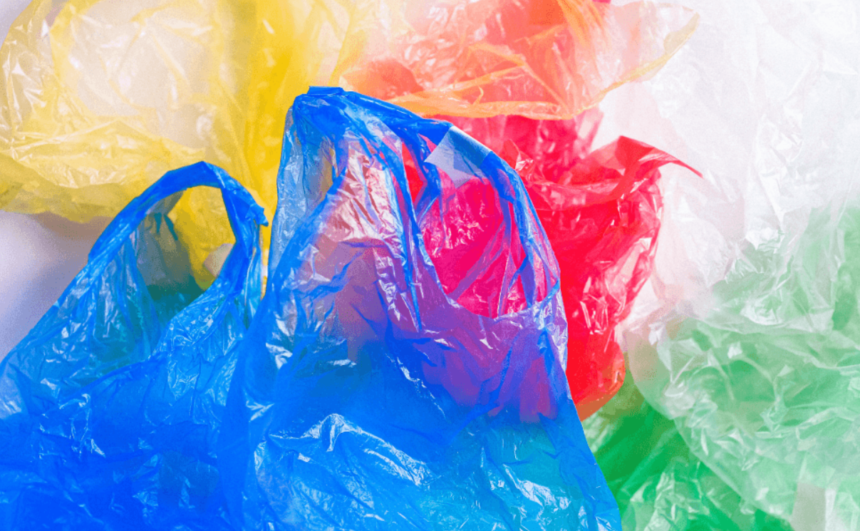Modern life brings its own environmental challenges, with plastic waste accumulation threatening ecosystems, wildlife, and even human health. In particular, soft plastics contribute significantly to this growing issue and have become a focal point for innovative waste reduction strategies. In response, efforts to recycle these flexible materials have intensified. This article explores how recycling soft plastics not only reduces waste but also helps safeguard our environment, highlighting the benefits and innovative practices behind this vital initiative.
Understanding Soft Plastics
Soft plastics are a category of plastics that are both flexible and lightweight. Common examples include plastic bags, wraps, and various packaging materials. They have compositions different from the rigid type and, therefore, must be recycled appropriately. Although incredibly convenient in everyday life, if soft plastic recycling is not done correctly, they significantly intensify environmental pollution and create serious challenges for waste management and ecosystem health.
The Impact of Soft Plastics
Soft plastics and their ecological footprint are long lasting. Soft plastic remains are lightweight and travel with ease, polluting the land and water bodies. These plastics are often confused as food for wildlife, resulting in the harmful poisoning of animal life and ecosystems. Also, it takes decades, sometimes even centuries, for these materials to break down, so they are an even worse burden on landfills.
Recycling Initiatives
There is an urgent need to deal with soft plastic waste. Recycling involves collecting soft plastic in all its forms and processing it into new products. A similar process is used at specialized facilities that convert these plastics into pellets. These pellets can be used as raw materials to make repurposed plastics. This stops wastage and helps lower the consumption of new plastics. Visit Reground to learn more about how you can contribute and do your bit.
Innovative Technologies
Sourcing the technology needed to make recycling more efficient and effective is vital. Mechanical recycling shreds plastic, which is then melted and subsequently used to create new items. A more advanced method is chemical recycling, which breaks down plastics into their basic components. These innovations improve the efficiency and efficacy of the recycling process, helping us build toward a sustainable future.
Environmental Benefits
There are various benefits to recycling soft plastics. Recycling addresses both of these problems by keeping these materials out of landfills and saving space. In addition, it reduces the demand for virgin plastic, consequently reducing greenhouse gas emissions and preserving natural resources. An all-inclusive method of waste management helps tip the scales to a healthier planet.
Economic Advantages
Recycling soft plastics benefits the environment and the economy. A market for recycling and recycled materials creates jobs in the sector. The value of the entire recycling process, from collection to processing, stimulates economic growth. Moreover, the use of recycled materials helps companies save costs, increasing their competitiveness.
Community Engagement
The most effective way to encourage recycling is by integrating individuals into a vibrant community recycling program. Public awareness campaigns educate people on how to recycle soft plastics and explain their importance. Many local initiatives now offer convenient drop-off points at supermarkets or community centres, making it easier than waiting for scheduled pick-ups. By participating in such programs, individuals contribute to environmental preservation, strengthen community bonds, and foster a sustainable future.
Challenges and Solutions
While key improvements in recycling technology have been made over the years, soft plastics are still among the hardest materials to recycle. Contamination is still an issue since mixed materials complicate recycling—education on how to sort and clean recyclables is critical to addressing this. Greater cooperation among governments, businesses, and consumers can also yield more efficient and expansive recycling strategies.
Future Prospects
Moving forward, the future of soft plastic recycling looks bright. With ongoing research and development, increasingly effective recycling technologies will likely emerge. Forging partnerships between industries and environmental groups could further enhance innovation. The more people become aware of and participate in the effort, the more possible decreases in environmental waste will be.
Conclusion
Therefore, recycling soft plastics is a fundamental part of the waste solution. They are coming a long way by leveraging novel technologies, community engagement, and sustainability. Through these efforts, we can all do our part to make the world cleaner, healthier, and more welcoming for generations to come. By doing so, the objective of reducing plastic will become not only a but also a reality.















